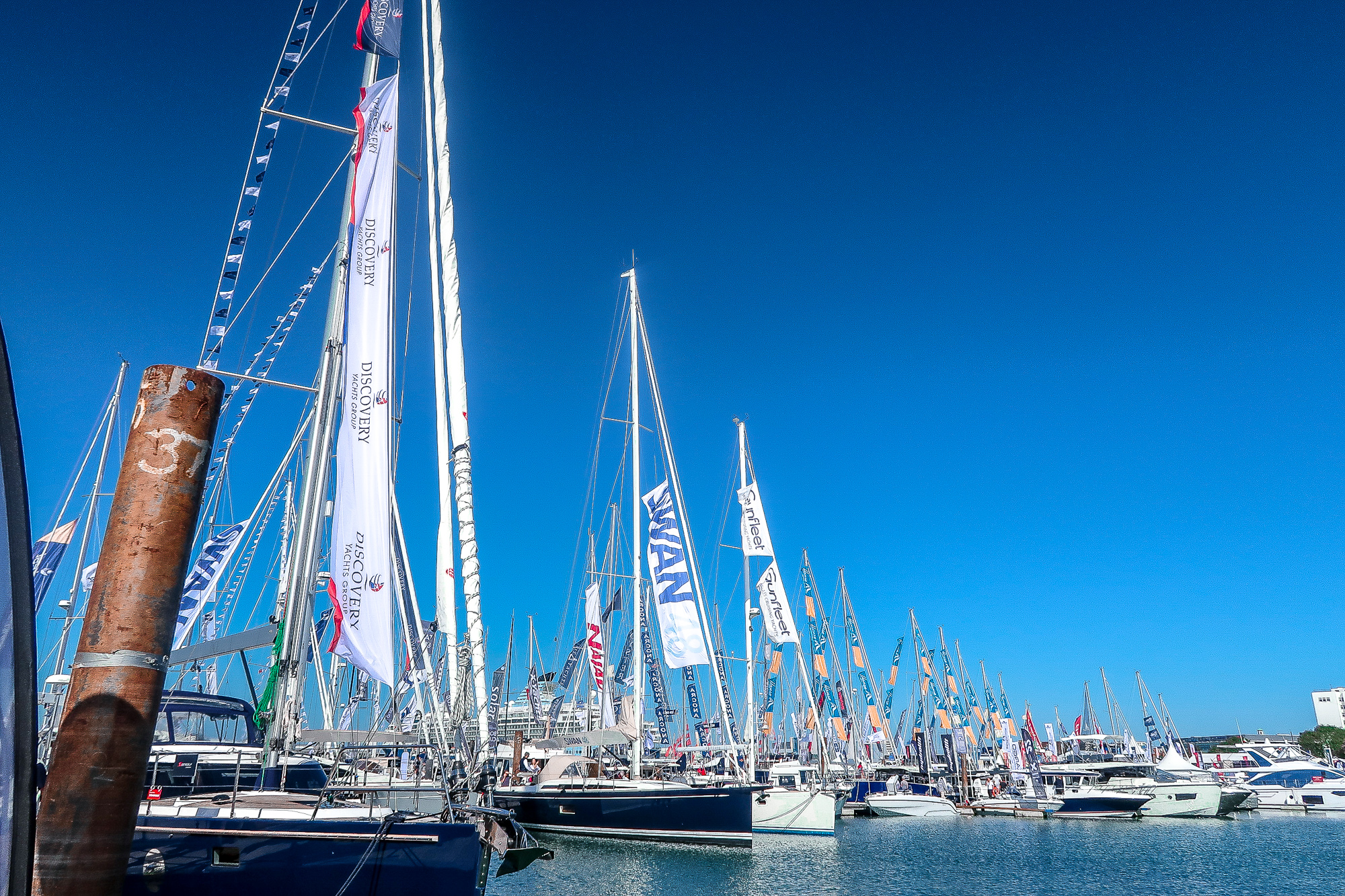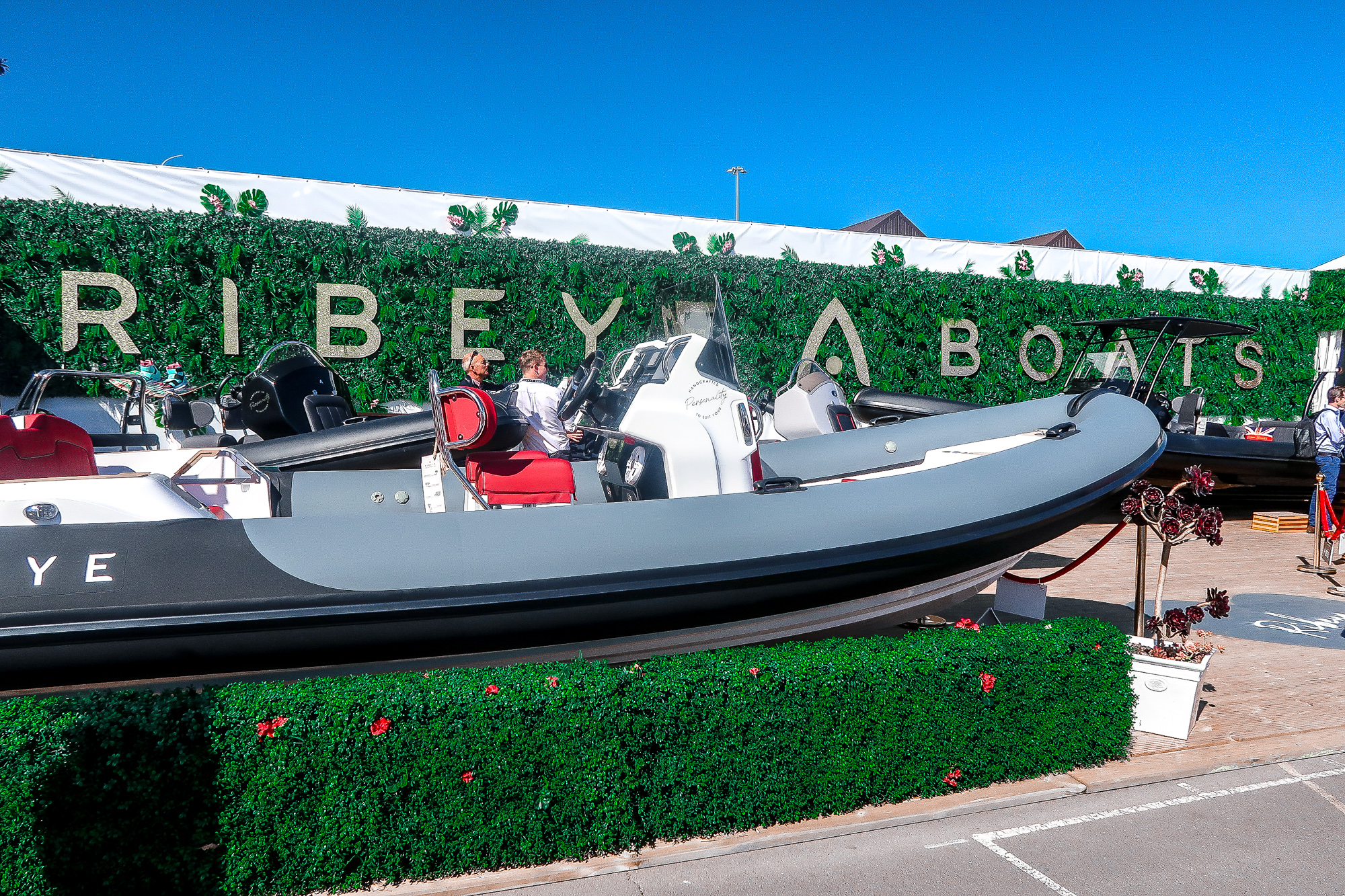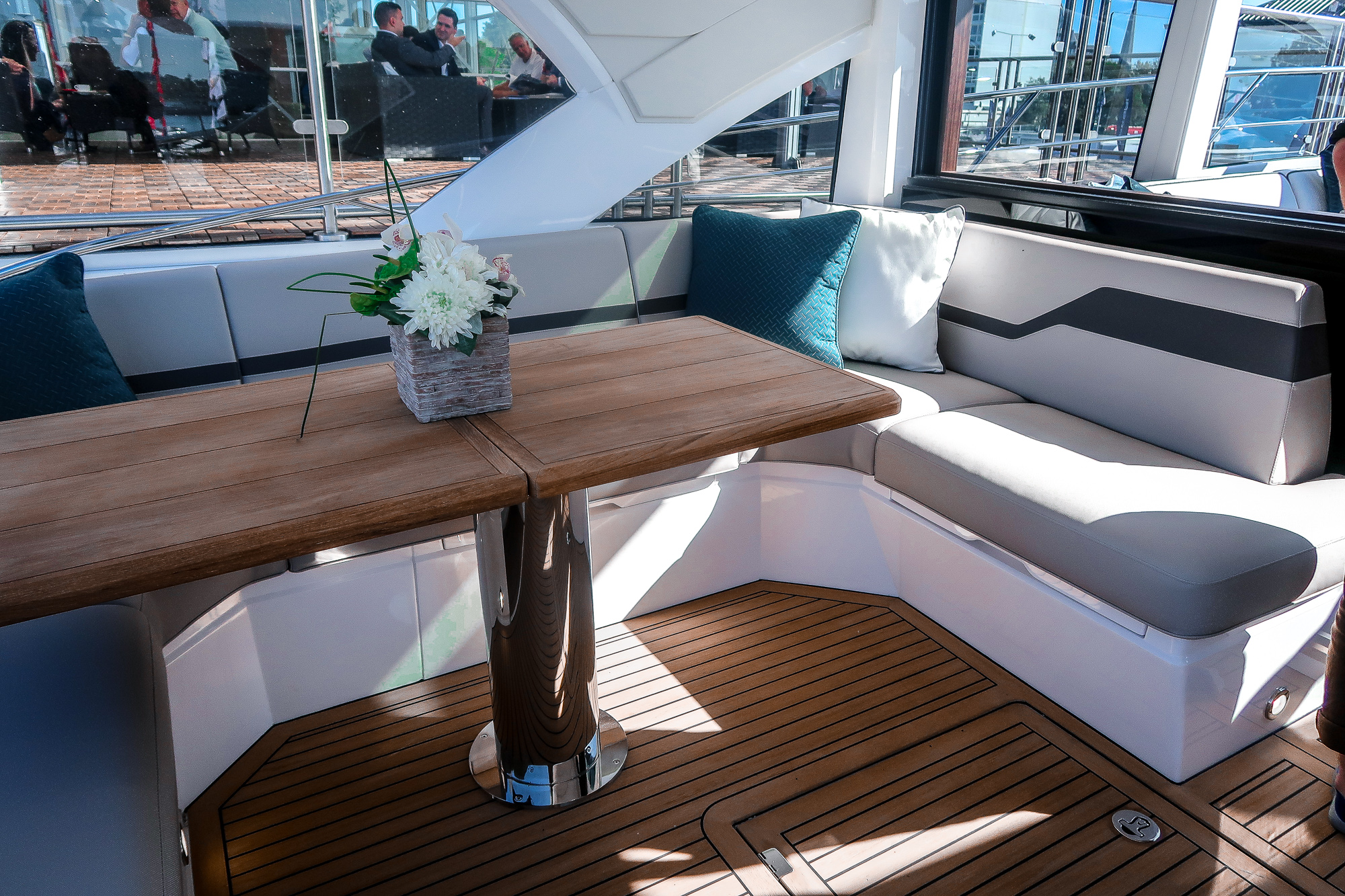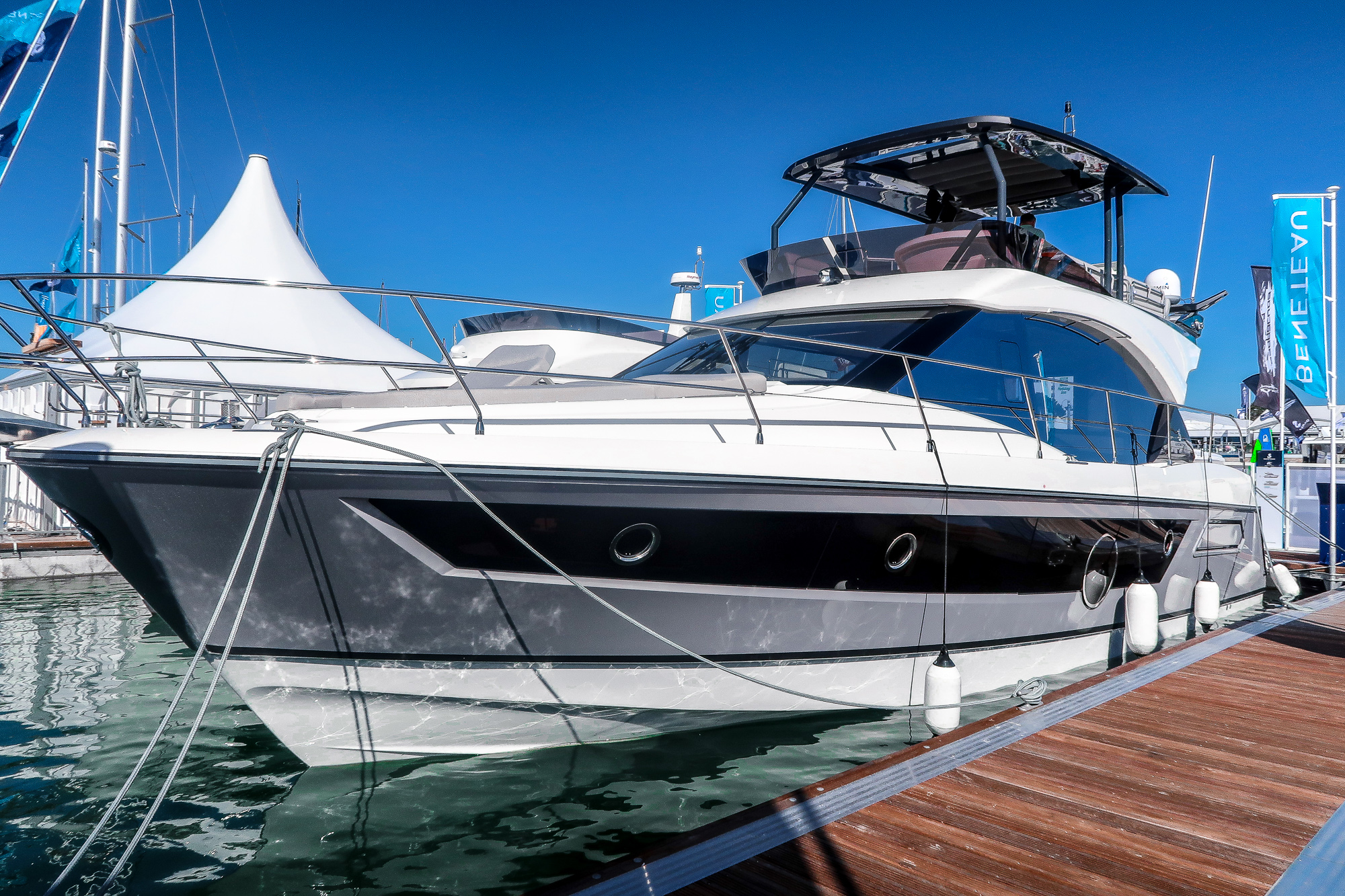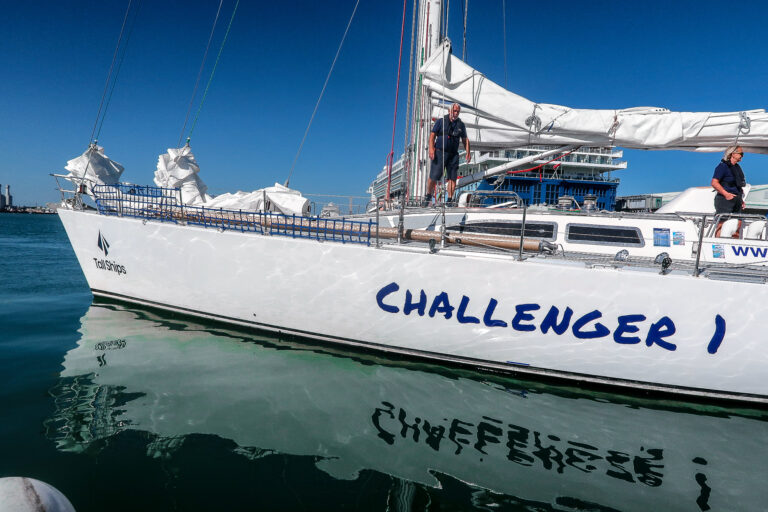How to Use a Portable Power Station to Power Your Boat or Yacht
Portable power stations have become an indispensable companion for outdoor enthusiasts and travelers, providing a convenient and reliable source of energy for various electronic devices. Boaters and yacht owners can also benefit greatly from these versatile power sources.
In this article, we will explore how to use a portable power station to power your boat or yacht, ensuring an uninterrupted and enjoyable experience on the water.
Table of Contents
The Benefits of Using Portable Power Stations for Boats and Yachts
- Convenience and Versatility: Portable power stations offer a wide range of outlets, including USB ports, AC sockets, and DC outputs, catering to various devices such as phones, tablets, laptops, lights, and even small kitchen appliances.
- Quiet and Emission-Free Operation: Unlike generators that emit noise and fumes, portable power stations provide a quiet and clean energy solution, allowing you to enjoy the tranquility of the open waters.
- Portability and Space Efficiency: The compact design of these power stations makes them easy to carry and store on boats or yachts with limited space
Selecting the Right Portable Power Station
When choosing a portable power station for your boat or yacht, several factors need to be considered:
- Power Capacity: Calculate the total wattage requirements of your devices to ensure the power station can handle the load.
- Battery Type: Lithium-ion batteries are common in portable power stations due to their high energy density and lightweight characteristics.
- Number and Type of Outputs: Ensure the power station has sufficient outlets to charge all your essential devices.
- Weight and Portability: Opt for a lightweight and easily transportable model that suits your marine lifestyle.
Preparing Your Boat or Yacht for Power Station Integration
Before integrating the portable power station into your boat or yacht’s electrical system, take these steps:
- Inspecting Your Electrical System: Ensure your boat’s electrical system is in good condition and capable of handling the additional load.
- Securing the Power Station: Find a stable and secure location for the power station to prevent movement during water travel.
- Weather Protection: Install a weatherproof enclosure or cover for the power station to shield it from rain or splashes.
Connecting and Charging Your Devices
Using a portable power station is straightforward:
- Charging the Power Station: Plug the power station into a shore power outlet or use solar panels to charge it before your trip.
- Connecting Devices: Utilize the appropriate cables to connect your devices to the power station’s outlets.
- Power Management: Prioritize essential devices and conserve power for longer journeys.
Extending Power Supply on Extended Trips
- Battery Management: Use the power station’s eco mode or power-saving features when possible.
- Alternative Charging Methods: Utilize solar panels or wind turbines to recharge the power station during extended stays.
Real-Life Testimonials from Boat and Yacht Owners
Hearing from other boat and yacht owners who have used portable power stations can provide valuable insights and tips for a successful experience.
FAQs on Using Portable Power Stations on Boats and Yachts
Q1: Can I use a portable power station to run large appliances like a refrigerator on my yacht?
A: It depends on the power station’s capacity and the wattage requirements of the refrigerator. Check the power station’s specifications and the refrigerator’s power consumption to ensure compatibility.
Q2: How long does it take to recharge a portable power station using solar panels?
A: The time to recharge varies depending on the power station’s battery capacity and the efficiency of the solar panels. It may take several hours to a full day for a complete recharge.
Q3: Can I use the portable power station while my boat’s engine is running?
A: Yes, you can use the power station while the boat’s engine is running, but be cautious not to drain the boat’s battery excessively.
Q4: Are portable power stations waterproof?
A: Most portable power stations are not fully waterproof. It’s essential to protect them from direct water exposure.
Q5: Can I take a portable power station on a sailing trip?
A: Absolutely! Portable power stations are designed for travel and adventure, including sailing trips.
Conclusion
In conclusion, a portable power station is an invaluable asset for boat and yacht owners looking to power their devices efficiently and responsibly. By selecting the right power station, integrating it properly, and following best practices, you can enjoy your time on the water without worrying about power supply issues. Embrace the convenience, versatility, and eco-friendliness of portable power stations for a seamless and enjoyable marine experience.

